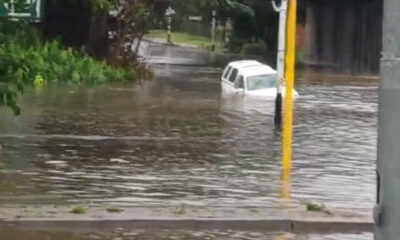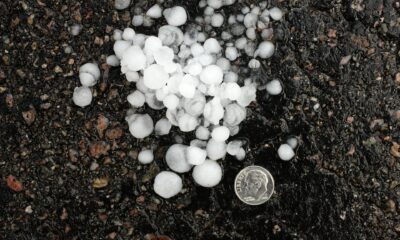The floodwaters came not as a gradual rise, but as a violent, roaring surge in the dead of night. By morning, the familiar streets of towns and cities across the central Philippines had been transformed into raging rivers of mud and debris, leaving a nation in mourning and a staggering death toll in their wake.
Typhoon Kalmaegi, now recorded as the deadliest storm of 2025 globally, has killed at least 140 people across the Philippines, with another 127 missing, as of Thursday. The storm unleashed what officials are calling “unprecedented” rainfall, with waters sweeping away everything in their pathfrom riverside homes to massive shipping containers.
Stories of Survival and Unimaginable Loss
In the hard-hit town of Liloan near Cebu City, the human cost of the disaster is etched into the mud-caked landscape. For 29-year-old Christine Aton, the storm is a permanent scar. She and her father fought desperately to pry open her older sister Michelle’s bedroom door as floodwaters rose inside their home.
“We tried to pry it open with a kitchen knife and a crowbar but it wouldn’t budge,” Aton recounted, the horror of the moment still fresh. “Then the refrigerator started to float.” Forced to choose between certain death and a chance at survival, her father made the impossible decision. “He told me we couldn’t do anything for her, that all three of us might end up dead.” They swam to safety through a window, leaving Michelle behind.
Other survivors spoke of narrow escapes made possible by sheer instinct and luck. Chyros Roa, a 42-year-old father, credits his family’s survival to his dog’s frantic barking that woke them just in time to scramble onto their roof. “The current was really strong,” he said. “We tried to call for rescue but no one came. We were told the rescuers were swept away by the current.”
A “Once Every 20 Years” Deluge
The scale of the rainfall was catastrophic. State meteorologist Benison Estareja explained that the amount of rain that fell along Kalmaegi’s path was one and a half times the typical total for the entire month of November in Cebuan event he described as happening “once every 20 years.”
He added that the “highly urbanised” nature of the communities around Cebu City worsened the impact, with concrete and asphalt preventing water from being absorbed into the ground, leading to faster, more powerful flash flooding.
In response to the devastation, President Ferdinand Marcos Jr. declared a “state of national calamity,” a move that unlocks emergency government funding for aid and allows for price controls on essential goods.
A Looming Threat for Vietnam
As the Philippines begins the long process of digging out, the storm is now churning towards central Vietnam. There, fear is mounting that Kalmaegi will compound the damage from a week of prior flooding that has already claimed 47 lives.
The typhoon is forecast to make landfall in Vietnam late Thursday, bringing with it waves as high as eight meters and dangerous storm surges. Vietnamese Deputy Prime Minister Tran Hong Ha has urged authorities to treat the approaching storm as “urgent and dangerous,” calling it “a very abnormal” event.
For scientists, the intensifying power of storms like Kalmaegi provides further evidence of climate change’s impact. Warmer oceans fuel stronger typhoons, and a warmer atmosphere holds more moisture, leading to the very kind of torrential, record-breaking rainfall that has submerged communities and shattered countless lives.




























